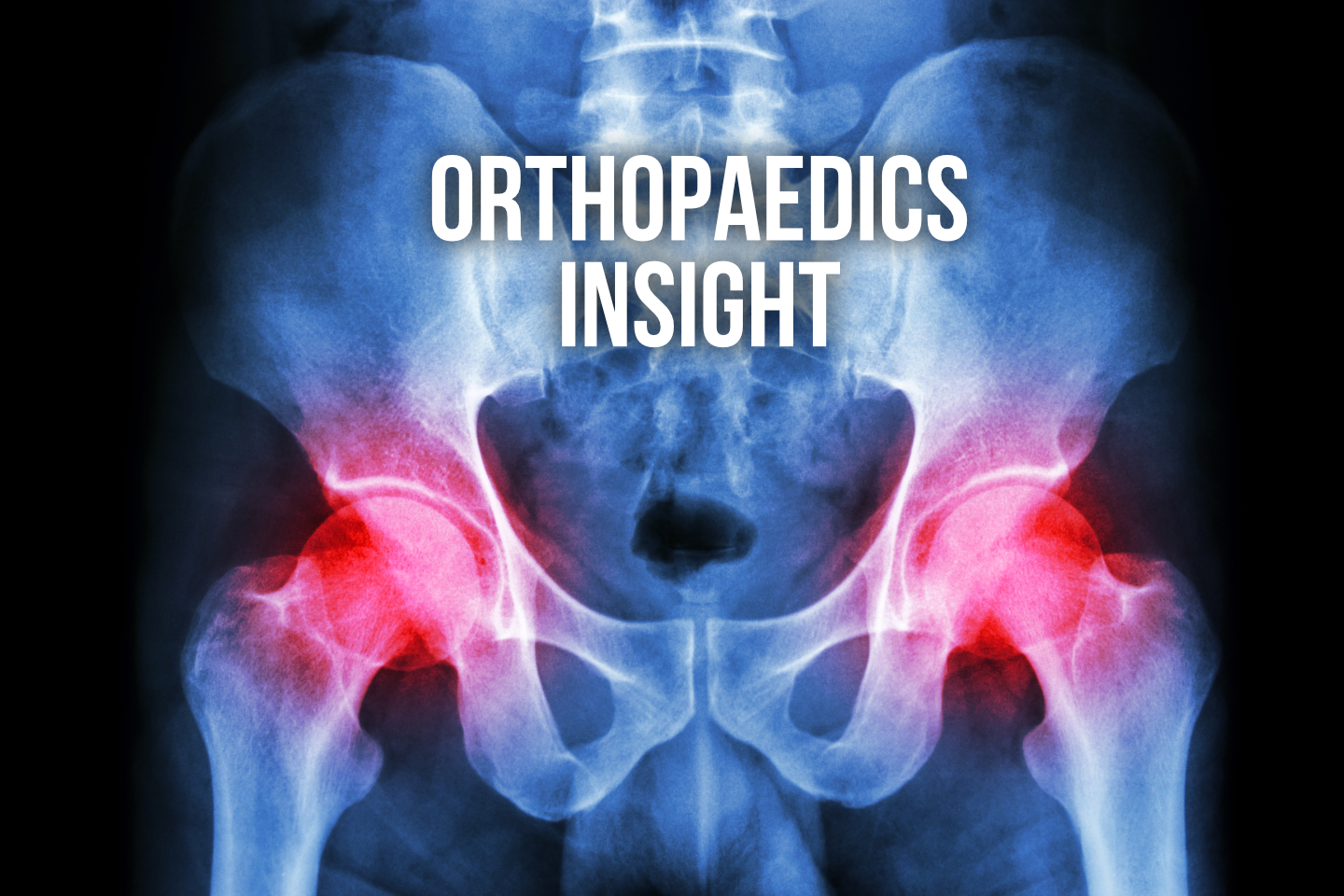It is often said that when you hear hoofbeats, think horses, not zebras. However, once you have ruled out horses, zebras are the most likely conclusion. That is definitely true in the case of rare diseases. These conditions not only require early screening and diagnosis, but also adequate information, medical expertise, and access to the most effective and specific treatment modalities. The therapeutic space of rare diseases is quite vast, and needs are hugely different across various geographies. Therefore, it is essential to clearly identify HCP requirements so as to ensure content that would enable high quality patient care and optimum treatment outcomes.

The focus of this therapy insights article will be rare diseases with data pertaining to a 12-month period spanning across the months of April 2020 through March 2021 on the MedSynapse platform (https://www.medsynapse.app) considering the Middle East region.
Content Publication and Discussion Patterns
Over 12000 unique HCPs have been reached with content on rare diseases with over 240 engagements on the same. The main countries contributing to this viewership have been Saudi Arabia (40%), UAE (20%), Egypt (11%), Lebanon (9%), Kuwait (6%), and Oman (5%) [Figure 1]. Specialists from over 25 different therapy areas have been actively reached via these content pieces. [Figure 2]
Top 5 countries contribute to 80% of content consumed
HCPs from over 25 specialties have been reached with rare disease content
The main topics of discussion have been Screening (17%), Hemophilia (15%), Sickle Cell Disease (13%), Gene Therapy (11%) and Thalassemia (9%) [Figure 3].

Monthly Trends – The months of June-July and December-January have witnessed majority of rare disease publications. [Figure 4].

An average of 2 content per month has been published
Content Source – The rare disease space is still evolving, and doctors are looking for the most relevant content than publishing it themselves. This is apparent as we glance at the publication sources with 70% of content published by the in-house MedSynapse editorial team and the remaining 30% published by HCPs themselves. There is a clear opportunity for content dissemination in this area as the audience appetite for high quality and evidence-based information is quite strong [Figure 5].

30% of total content has been published by HCPs themselves
Keywords and Online HCP Search Behavior
The top 10 keywords in this space include the following [Figure 5].
Conditions, Treatment and Management
- Rare Diseases
- Metabolic Disorders
- Incidence
- Hemophilia
- Etiology
- Pemphigus
- Therapeutic Options
- X-linked
- Orphan Drugs
- Counselling

The keywords clearly depict vivid patterns with a propensity for information searches on conditions prevalent in the given geography such as hemoglobinopathies, inborn errors of metabolism and skin conditions like pemphigus. On the management side of things orphan drugs and patient counselling clearly stand-out amidst the rest.
Sentiment Analysis
Most HCPs have a positive outlook about rare disease management especially with a shift in focus towards these conditions and treatments available. The key aspects include the following. [Figure 6].
- Newer diagnostic modalities
- Novel therapeutic options
- Newborn screening
- Pre-conception counselling
However, there are certain areas where HCPs are not so optimistic about. The negative sentiment is primarily with reference to the following [Figure 6].
- Diagnostic challenges
- Patient education
- Physician awareness levels
- Skilled personnel requirements

HCP Inputs and Opinions on Rare Disease Management
In addition to analyzing content consumptions trends and patterns, asking direct questions to treating physicians helps better understand ground realities regarding their clinical practice and home in on acute pain points and problem areas. With this objective in mind, a survey was conducted in the month of April 2021 on the MedSynapse platform which elicited responses from over 350 HCPs in the region. The key aspects that were highlighted are as follows.
- Close to 30% of HCPs identified Familial Hyperlipidemia as the most prevalent rare disease they have encountered in their practice, followed by Beta Thalassemia (20%) and Sickle Cell Anemia (18%).
- An overwhelming 67% of doctors believe that newborn screening has a significant impact in helping with early diagnosis and management of affected newborns.
- Difficulty in accessing genetic tests contribute to the challenges faced in diagnosis of rare disease conditions in the region as opined by 40% of the survey respondents.
- Over 50% of doctors indicated that difficulty in accessing new drugs currently available only overseas is a major issue encountered during the management of rare diseases in the region.
- Majority of survey respondents (63%) are not aware of rare disease policies and frameworks developed in their region.
Understanding physician mindset is the first and most crucial step in building a trustworthy working relationship with them and also equipping them in delivering better healthcare solutionsto their patients.
Note: Details provided in this article refer to only a basic level analysis to provide a glimpse of MedSynapse capabilities, solutions, and offerings. For more in-depth insights relevant to your molecule/brand/therapy area, please reach out to our team with your business requirements.












